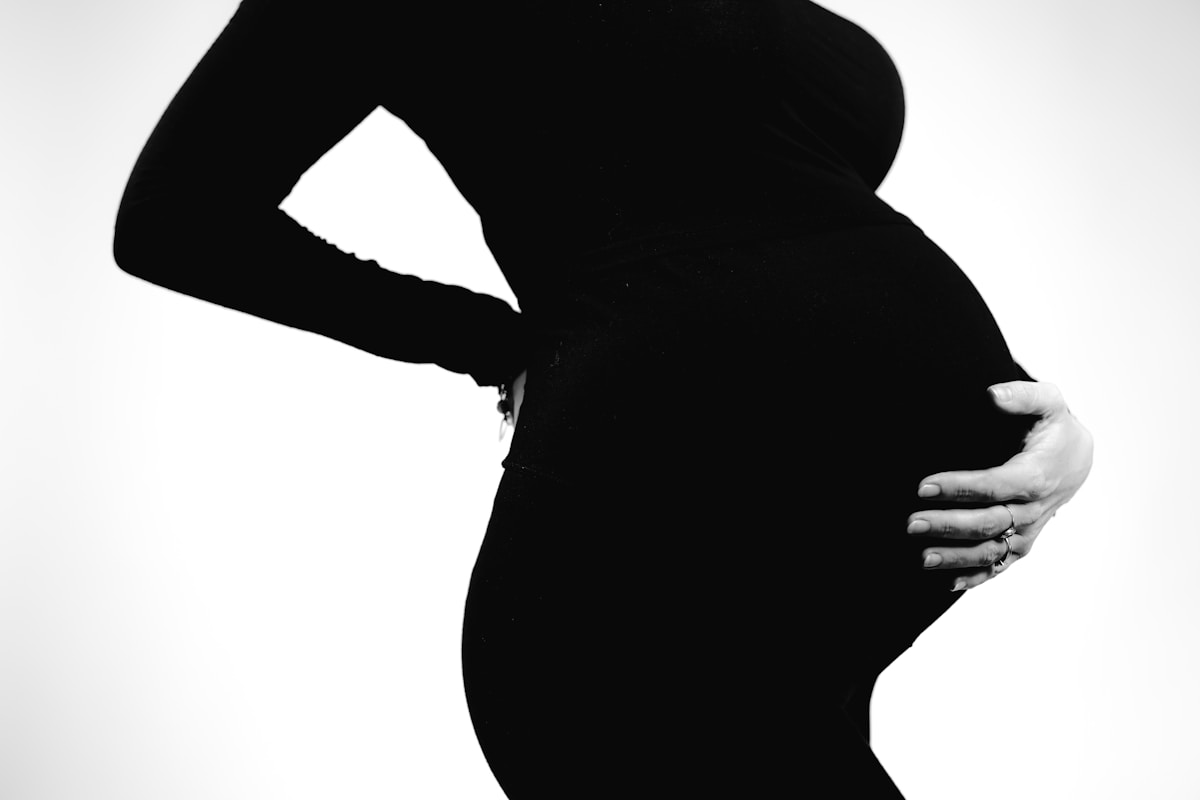Pregnancy can be a precious, joyous journey, but also one that involves many changes to your body. This blog will outline some of the reasons we can develop pregnancy related pelvic girdle pain (PGP), and some tips and tricks to help you along the way to achieving a comfortable pregnancy.
What is Pelvic Girdle Pain or PGP?
Pelvic girdle pain is an umbrella term that involves pain around the pelvis at both the front and the back. As you can see in the diagram below, we have many joints that make up the pelvis. The most commonly involved joints responsible for pelvic pain in pregnancy are the pubic symphysis at the front and the sacroiliac joints at the back. .
Most common Symptoms of Pelvic Girdle Pain:
- Pain in the pubic region, lower back, hips, groin that can extend down into the thighs/knees
- Pain with moving your knees apart (like getting out of bed/getting out of the car)
- Standing on one leg, climbing stairs
- Rotation movements like turning over in bed, turning while seated
What is the Cause of my Pelvic Girdle Pain?
There are many reasons why you may develop pelvic pain during pregnancy. It’s important to discuss your individual pain with your treating GP/obstetrician or physiotherapist so they can make a differential diagnosis. Women with previous pelvic or lower back pain in and/or out of pregnancy and/or a history of trauma to the back or pelvis have an increased risk of developing PGP. Multiple pregnancies, increased BMI, physically demanding work, emotional distress and smoking can also increase a woman’s risk of developing PGP.
"Approximately 45-50% of pregnant women will experience PGP in their lifetime"
During pregnancy, a hormone called relaxin is released and is responsible for relaxing the ligaments around the pelvis to prepare the body for both growth of the baby and also birth. Having an increase in available ‘movement’ of the joints that the ligaments surround, can often put additional strain on the muscles and tendons that attach to the pelvis - like your glutes, abdominals, and hip flexors. This pain is often not a reflection of ‘damage’, it's more an issue of your muscles being strong enough to meet the demands of a growing baby and your more mobile joints.
Another common reason for pain can be due to the fact that the abdominal muscles at the front of your belly naturally start to lengthen and thin as your uterus and baby grows. Some women may even develop a diastasis rectii or seperation of the tummy muscles.
When you can no longer use your abdominals to support yourself during everyday activities like walking, getting out of a chair and lifting, you may find yourself using a different strategy which often involves using the back muscles to compensate and work harder to counter your centre of mass which is now more forward. This in turn can put compression on your lower back and you might favour a backward lean. Uneven compression by your muscles around the pelvis can result in poor loading or an inability to "lock" the pelvis during weight transfer such as from sitting to standing.

Tips to help with painful movement during pregnancy:
The following are some tips and simple measures you can take to help ease pelvic girdle pain:
- Get out of the car like you’re wearing a ‘pencil skirt’ i.e. keep your knees together when turning
- When turning in bed also try to keep your knees together - just bend them up so your feet are on the bed. Turn over so your shoulders and knees move together
- ‘Motion is lotion’ gentle movement is encouraged, such as small walks if you feel comfortable. Try to change position every 30 minutes or so, particularly if you’re still working and need to sit down for long periods of time. Getting a good amount of rest is also an important factor in pain management
- When standing up out of a low chair, shuffle your sit bones to the front of the seat, bring your knees together and push through your heels to stand. Try sitting to get dressed and undressed
- When standing try and keep equal weight on both legs and bring your hips over your heels
- Use a pregnancy pillow, or a pillow under your bump and between your legs

(https://www.istockphoto.com/photos/pregnancy-pillow)
Tips for Pain Management and rehabilitation:
- Pain at the front - ice over the pubic bone
- Pain at the back - heat pack on your glutes (over the muscle)
- Keep your upper back mobile with gentle stretches like cat/camel and thread the needle
- Talk to your Physiotherapist regarding the use of a pelvic or pregnancy support belt, as this may also assist in pain management and support
- You can choose to wear support leggings or compression tights to help with pain while sitting as it can be hard to sit whilst wearing a pelvic support belt
- Manage your strength and activity with supervised exercise with a trained health professional in a rehabilitation setting. For example, Pilates can be a great option to help strengthen and mobilise the muscles around your pelvis including your pelvic floor.

It’s important to work with your Physiotherapist to ensure that your exercise program is targeted to your specific needs. There are many positions and exercises that should be excluded during pregnancy and can exacerbate you if you already have pelvic girdle issues.
The good news is that 93% of women who report PGP during pregnancy usually have a resolution of pain within three months after giving birth.
We are more than happy to help you out here at In-Balance, just give us a call.

